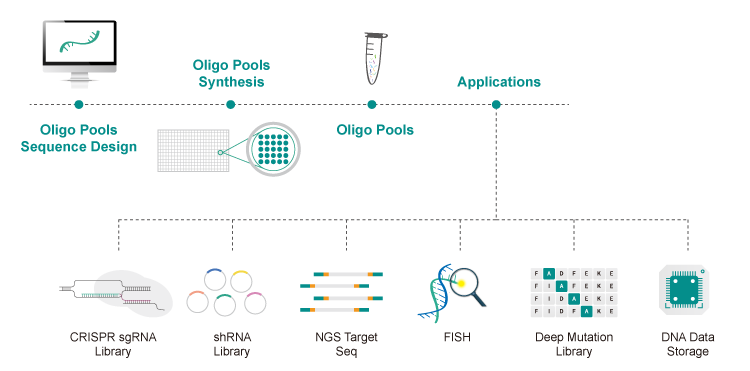
In recent years, the custom oligo synthesis market has experienced exponential growth, with estimates suggesting a value exceeding $2 billion by 2025. This rapid expansion underscores not only the technological advancements in molecular biology but also highlights the pressing need for robust legal and regulatory frameworks governing this field.
The Landscape of Custom Oligo Synthesis and Its Legal Attributes
Custom oligo synthesis refers to the tailored production of short strands of nucleic acids designed for specific applications in research, diagnostics, and therapeutics. The legal attributes surrounding this process are multifaceted, encompassing intellectual property rights, biosafety regulations, and compliance with ethical standards. In navigating these complexities, it is essential to adhere to Best Practices in the Industry that promote transparency and accountability while ensuring adherence to local and international laws.
The Role of sgRNA Design Tools within Best Practices in the Industry
sgrna design tools play a pivotal role in optimizing custom oligo synthesis for CRISPR-based applications. These tools facilitate precise targeting by allowing researchers to evaluate potential off-target effects while adhering to established guidelines. By integrating such technologies into their workflows, laboratories can enhance reproducibility and reliability—key components aligned with Best Practices in the Industry aimed at minimizing risks associated with genetic modifications.
Synbio’s Contribution to Best Practices in the Industry

Synthetic biology (Synbio) represents an innovative frontier within custom oligo synthesis that emphasizes engineering biological systems for practical purposes. The incorporation of Synbio principles fosters interdisciplinary collaboration among scientists from various fields while promoting sustainable practices through efficient resource utilization. Adopting Synbio methodologies aligns closely with industry best practices by encouraging rigorous validation processes that ensure safety and efficacy across diverse applications.
Conclusion
In summary, custom oligo synthesis operates within a complex web of legal regulations that demand careful consideration from practitioners. By embracing Best Practices in the Industry—including effective use of sgRNA design tools and synthetic biology approaches—researchers can navigate these challenges effectively while contributing positively to scientific advancement.
